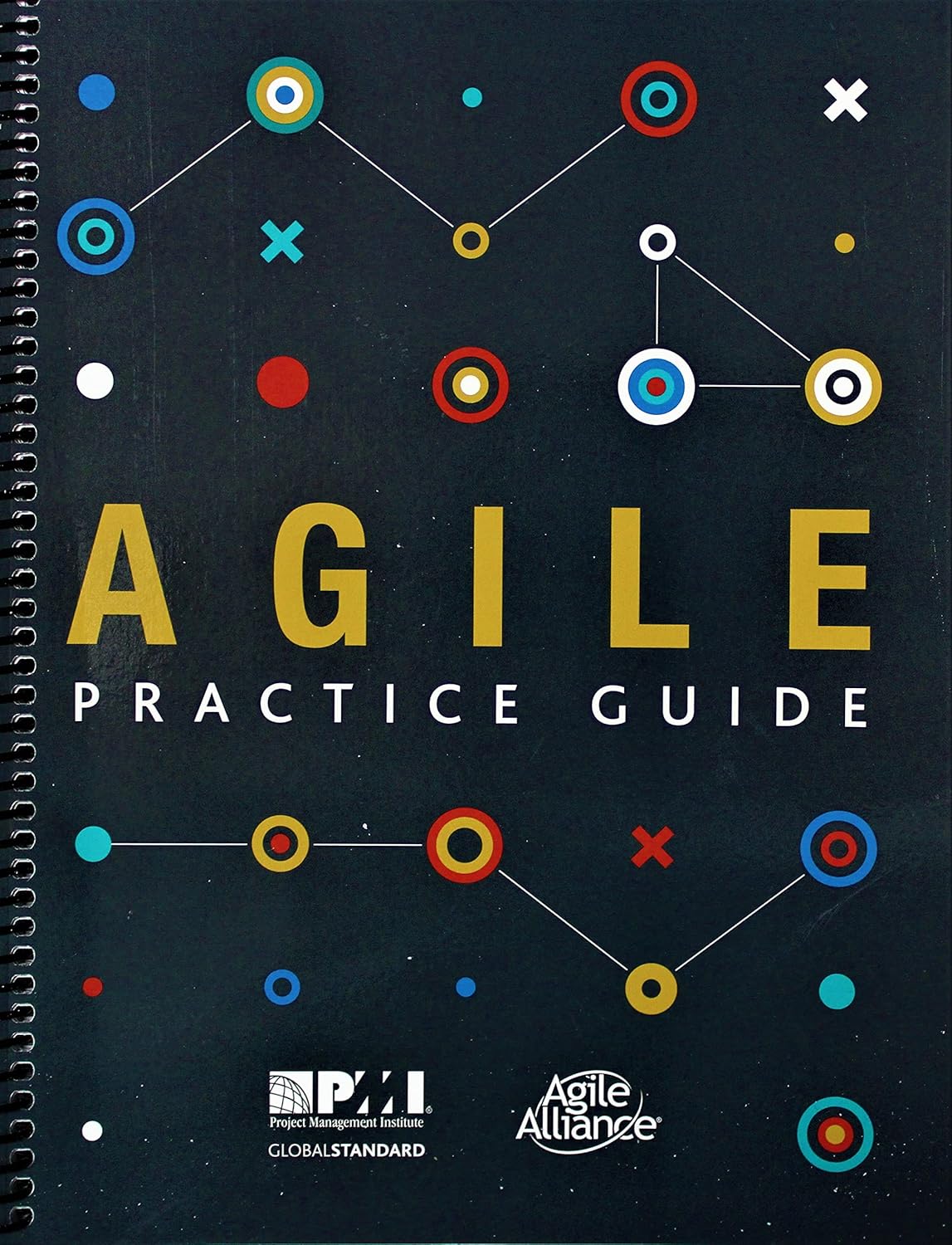
Story Point
What is Story Point?
A story point is a unit of measure used in agile project management to estimate the level of effort required to complete a user story or task. Instead of tracking time in hours or days, story points represent the relative complexity, risk, and work involved. Teams assign points during sprint planning meetings, often using techniques such as planning poker or affinity estimation. The goal is to create a shared understanding of how challenging a task is compared to others, allowing for more consistent sprint planning and progress tracking.
Story points are intentionally abstract. They avoid linking directly to time, which can vary based on team experience, working conditions, or technical uncertainty. This method helps teams focus on delivering value rather than estimating duration. Over time, teams develop a velocity, which is the number of story points they typically complete in a sprint. This velocity helps forecast future work and plan releases more effectively.
Key Points
- Story points estimate effort, complexity, and uncertainty—not time.
- Teams assign them collaboratively, promoting shared understanding.
- The scale is relative; a task with 5 points should be twice as complex as one with 2 or 3 points.
- They support agile planning by helping teams measure velocity.
- This approach reduces pressure to meet specific time-based deadlines.
Related Terms
- The concept of a user story provides the work unit that teams use to estimate with story points.
- Teams use velocity to track how many points they complete in each sprint.
- Sprint planning is the meeting where teams assign story points and define sprint goals.
- A product backlog includes user stories that are typically estimated using story points.
- Planning poker is a group estimation technique used to assign points collaboratively.
Story Point: Example
A software development team is preparing for a two-week sprint. During sprint planning, the team review several user stories. One story involves creating a login form, which they agree is simple and assigns two points. Another story requires integrating a third-party payment system, which involves more uncertainty and effort, so they assign it eight points. This process helps them balance workload across the sprint.
Story Point: Best Practices
- Avoid converting it to hours to maintain focus on effort, not time.
- Use consistent scales across sprints to build team understanding.
- Revisit and adjust estimates as needed, especially when a task becomes clearer.
- Use team velocity to guide realistic sprint planning.
- Encourage open discussion during estimation to align perspectives.
Additional Resources
Preparing for a PMI certification?
- Exam Prep Courses: PMP®, CAPM®, and PMI-ACP®
- Exam Simulators: PMP®, CAPM®, PMI-ACP®, PMI-PBA®, PMI-RMP®, PMI-SP®, PgMP®, and PfMP®
- Professional Development Units (PDUs): 15, 30, and 60 PDU Bundles




